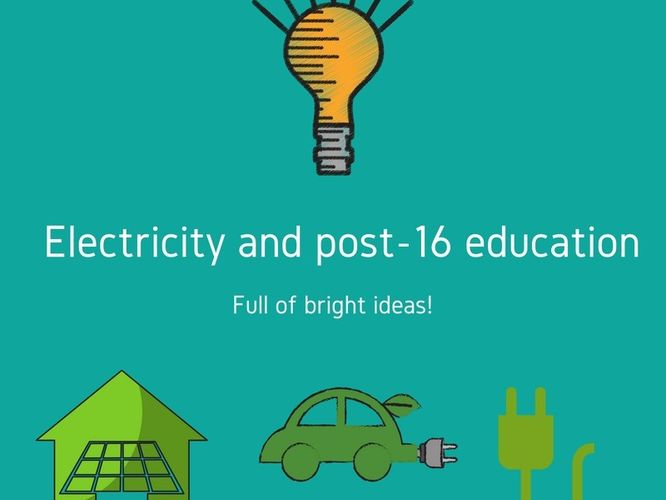The UK government is bringing in huge electricity changes over the next year....
The UK government is bringing in huge electricity changes over the next year. This will make it easier for anyone to make, use, store and sell electricity – saving consumers a potential £17 – £40 billion by 2050.
This is undoubtedly an attempt to bring the energy industry into the 21st century.
As ever, post-16 education is ahead of the curve. We found 5 examples in our membership:
University of Bath
University of Warwick
Staffordshire University
University of Aberdeen
This is undoubtedly an attempt to bring the energy industry into the 21st century.
As ever, post-16 education is ahead of the curve. We found 5 examples in our membership:
South Lanarkshire College
All three of their buildings have ground source heat pumps. This provides the sole source of heating for two of the buildings and a supplementary source for the third.
370 solar panels across the three buildings - generating around 65kWatt of electricity annually.
Rainwater harvesting, reducing energy consumption associated with pumping water to the campus.
Two solar thermal panels to heat up water for one of the buildings.
Find out more here
370 solar panels across the three buildings - generating around 65kWatt of electricity annually.
Rainwater harvesting, reducing energy consumption associated with pumping water to the campus.
Two solar thermal panels to heat up water for one of the buildings.
Find out more here
University of Bath
Self-generation of electricity now accounts for 8% of their total electricity use – their CHP (Combined Heat and Power) plants have generated 2 million units of electricity this year, enough to power 600 houses, and have recycled over 2.5 million units of heat.
Solar panels on their new 10 West and 4 East South buildings, opened in 2015/16, have almost doubled their total capacity.
They are already participating in differing time of day use, minimising their peak winter usage, and using hot water storage to enable them to generate at appropriate times.
Their academics are heavily involved in the research of this field.
Find out more here.
Solar panels on their new 10 West and 4 East South buildings, opened in 2015/16, have almost doubled their total capacity.
They are already participating in differing time of day use, minimising their peak winter usage, and using hot water storage to enable them to generate at appropriate times.
Their academics are heavily involved in the research of this field.
Find out more here.
University of Warwick
Warwick Manufacturing Group (a department at the university) leads research on batteries and associated services.
The University research group Energy GRP has core strengths in several key areas of energy research, including: Power Electronics; Solar Energy; Thermal Energy; Energy Management; Low Carbon Transport and Energy Storage.
The estates office coordinate university energy efficiency activities including an annual switch off event and green champion network.
The university self-generates 60% of their heat and power and will have 27 tennis courts worth of PV by 2018.
Find out more here
The University research group Energy GRP has core strengths in several key areas of energy research, including: Power Electronics; Solar Energy; Thermal Energy; Energy Management; Low Carbon Transport and Energy Storage.
The estates office coordinate university energy efficiency activities including an annual switch off event and green champion network.
The university self-generates 60% of their heat and power and will have 27 tennis courts worth of PV by 2018.
Find out more here
Staffordshire University
Staffordshire University have a small 36 kW array of solar PV and a 150 kVA combined heat and power (CHP) unit in place.
They are also looking at an exciting opportunity to take part in a district heat network using deep geothermal heat that their city council has in planning.
Find out more here.
They are also looking at an exciting opportunity to take part in a district heat network using deep geothermal heat that their city council has in planning.
Find out more here.
University of Aberdeen
The University of Aberdeen has a 1.6MW combined heat and power (CHP) station providing a significant proportion of the electricity and heat demand of the Old Aberdeen Campus.
In addition, the university has 1,040 m2 of PV panels installed across two sites and a solar thermal system in the University nursery which is of a passivhaus design.
Find out more here.
In addition, the university has 1,040 m2 of PV panels installed across two sites and a solar thermal system in the University nursery which is of a passivhaus design.
Find out more here.











